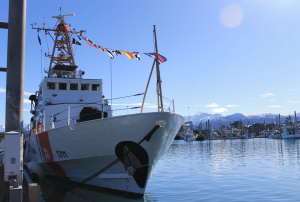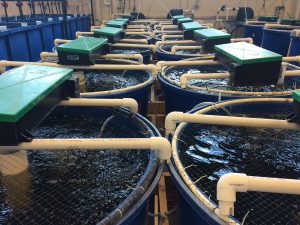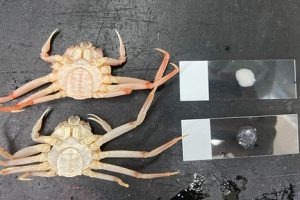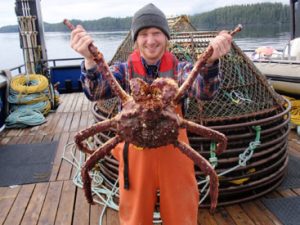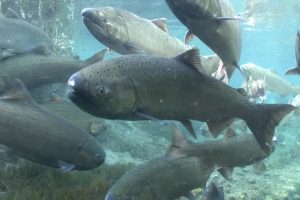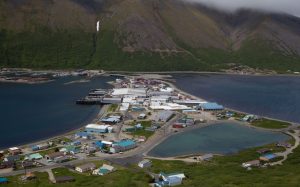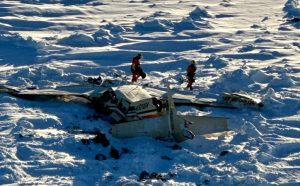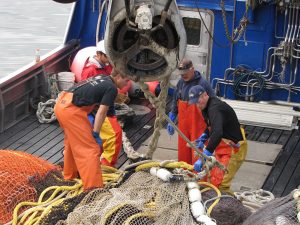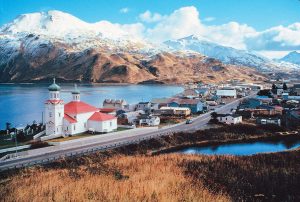Air Station Sitka Helicopter Crew Rescues Woman from F/V Nekton
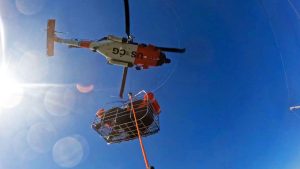 On March 26, 2025, an MH-60 Jayhawk helicopter crew from U.S. Coast Guard Air Station Sitka successfully conducted a medevac of a 37-year-old woman experiencing a medical emergency in Sitka Sound, Alaska. The woman, who was aboard the fishing vessel NEKTON, required immediate medical attention.
On March 26, 2025, an MH-60 Jayhawk helicopter crew from U.S. Coast Guard Air Station Sitka successfully conducted a medevac of a 37-year-old woman experiencing a medical emergency in Sitka Sound, Alaska. The woman, who was aboard the fishing vessel NEKTON, required immediate medical attention.
The aircrew responded swiftly to the distress call. After arriving on the scene, they skillfully maneuvered the MH-60 Jayhawk helicopter above the fishing vessel to safely execute the hoist operation. Despite challenges posed by the weather and the vessel’s movements, the U.S. Coast Guard team efficiently transported the patient aboard the aircraft.
Following the successful hoist, the helicopter crew transferred the woman to awaiting local emergency medical personnel in Sitka. The patient received further evaluation and care upon arrival, highlighting the seamless collaboration between the U.S. Coast Guard and local emergency responders.
 Maritime Injury Law Blog
Maritime Injury Law Blog


